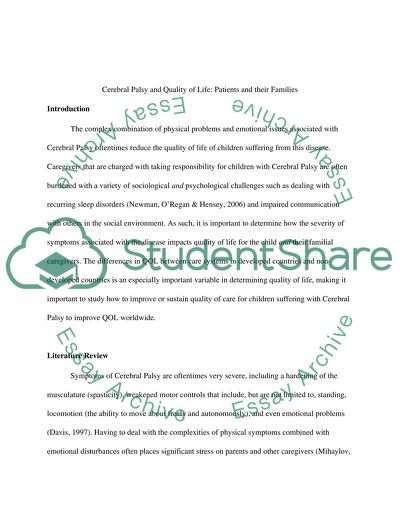Cite this document
(“Cerebral palsy Essay Example | Topics and Well Written Essays - 1500 words”, n.d.)
Retrieved from https://studentshare.org/psychology/1473642-cerebral-palsy
Retrieved from https://studentshare.org/psychology/1473642-cerebral-palsy
(Cerebral Palsy Essay Example | Topics and Well Written Essays - 1500 Words)
https://studentshare.org/psychology/1473642-cerebral-palsy.
https://studentshare.org/psychology/1473642-cerebral-palsy.
“Cerebral Palsy Essay Example | Topics and Well Written Essays - 1500 Words”, n.d. https://studentshare.org/psychology/1473642-cerebral-palsy.


